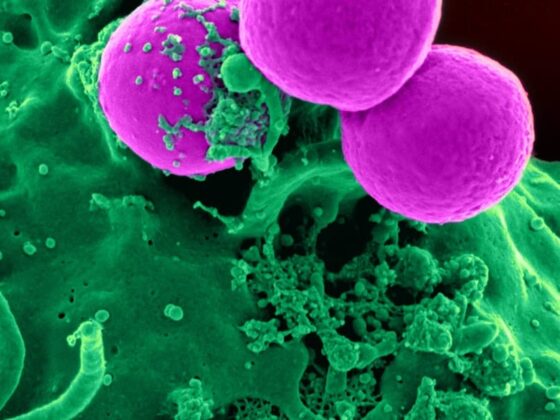Many people will say that you should be absolutely sure that you want kids before you have them, and this is true because being a parent is a lifelong commitment. However, it’s just as important to understand pregnancy and childbirth in addition to understanding how to raise a child. Here’s what both women and men should know about pregnancy and childbirth.
Signs Of Pregnancy
The most common sign of pregnancy is a missed period, but it’s not the only one. Another well-known sign is frequent mood swings. This is because pregnancy causes a lot of hormonal changes (an increase in estrogen and progesterone), which affects the parts of the brain associated with mood regulation. An increase in the hormone progesterone is also responsible for increased fatigue, which is why many women feel tired as early as their first week of pregnancy.
The Trimesters Of Pregnancy
As most people know, pregnancy is divided into three trimesters, but not everyone knows what happens during each trimester.
First Trimester
From week one through week 12, the body goes through the most hormonal changes and every system will be affected by this. This is because the body is preparing to carry a baby for up to 40 weeks, give or take. Common first-trimester symptoms include:
- Food cravings and aversions
- Nausea and/or vomiting
- Headaches
- Mood swings
- Tiredness
Second Trimester
From week 13 through week 28, there are more physical changes to the body as the baby continues to grow. Many women have reported that this is the easiest of the three trimesters, as there are fewer hormonal changes and there isn’t much pressure on the organs from the growing baby. However, there may be some discomfort as symptoms of the second trimester include:
- Body aches and pain
- Itchy abdomen
- Numb or tingling hands
- Swelling of the ankles, feet, and/or face
Third Trimester
Weeks 29 through 40 (or whenever labor begins) are when the baby is preparing for delivery. This is the time when the baby should change in position and more pressure may be put on the organs. Third trimester symptoms include:
- Braxton-Hicks contractions
- Frequent urination
- Shortness of breath
- Trouble sleeping
Pregnancy Precautions
The majority of people know that women shouldn’t do certain things while they’re pregnant, as this can harm the unborn baby. Things like smoking/using tobacco products, drinking alcohol, and using drugs can negatively impact the baby’s physical and cognitive development. There are also certain foods that women should avoid consuming during pregnancy, such as:
- Deli meats
- Fish high in mercury
- High amounts of caffeine
- Raw eggs and raw shellfish
- Smoked meat
- Unpasteurized milk
Some women may have additional precautions, so it’s important to talk to a physician to have all bases covered. Women also need to take in more calories and sleep more during pregnancy, while reducing stress as well. It’s also important to make healthier food choices and engage in some physical activity during pregnancy. Many women also take prenatal vitamins during their pregnancy.
Birthing Options
Locations
There are many different birthing options that include both birthing methods and places to give birth. In the United States, most women give birth in a hospital, but home births and birthing centers are becoming increasingly popular. Water births are also becoming more common, and they can be done in a hospital, home, or birthing center. Research and talking to your doctor should be done before choosing where to give birth to understand any potential risks, but most women with healthy pregnancies and no additional risk factors can safely give birth in their homes.
Methods
A vaginal delivery is the most common and most natural way of giving birth. However, not all women can deliver this way. For example, if the baby is breached or if the mother has an infection, a cesarean section (C-section) may be the better option. It was also once believed that women couldn’t have a vaginal delivery if they’d had a previous C-section. While some women may not be able to do this, other women can have a VBAC (vaginal birth after C-section).
C-sections can be planned or unplanned, but the mothers are almost always given some type of pain medication for this method. As for vaginal births, some women opt for pain medication while others don’t. This is known as a “natural birth”.
Birthing Risks
Unfortunately, there are risks to the mother and the infant when it comes to childbirth, and these risks are higher when obstetricians are negligent (either intentionally or unintentionally). Many infants have experienced birth injuries due to the negligence of the obstetrician. Examples of birth injuries include cerebral palsy, Erb’s palsy, facial paralysis, and shoulder dystocia.
It’s important to understand both pregnancy and childbirth before getting pregnant. There’s also the risk of a miscarriage or a stillbirth, both of which can be devastating.










